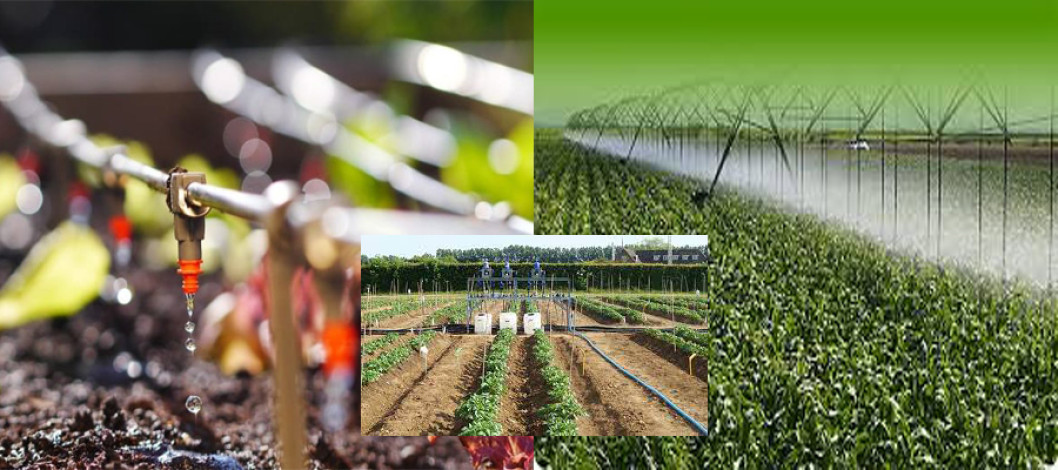
File Photo
Fertigation is a widely used farming practice. It allows growers to save time, resources, and effort by completing two events at a time: fertilization and irrigation. Customization of modern fertigation systems and innovative satellite-based software enable pinpointing of variable rate fertilizer (VRF) applications. The most efficient fertigation systems are built on drip irrigation, which reduces inputs and delivers nutrients to the root zone. The technology is suitable for farm enterprises of any size since there are large and small-scale fertigation systems with manual or fully automated control.
Comment Now